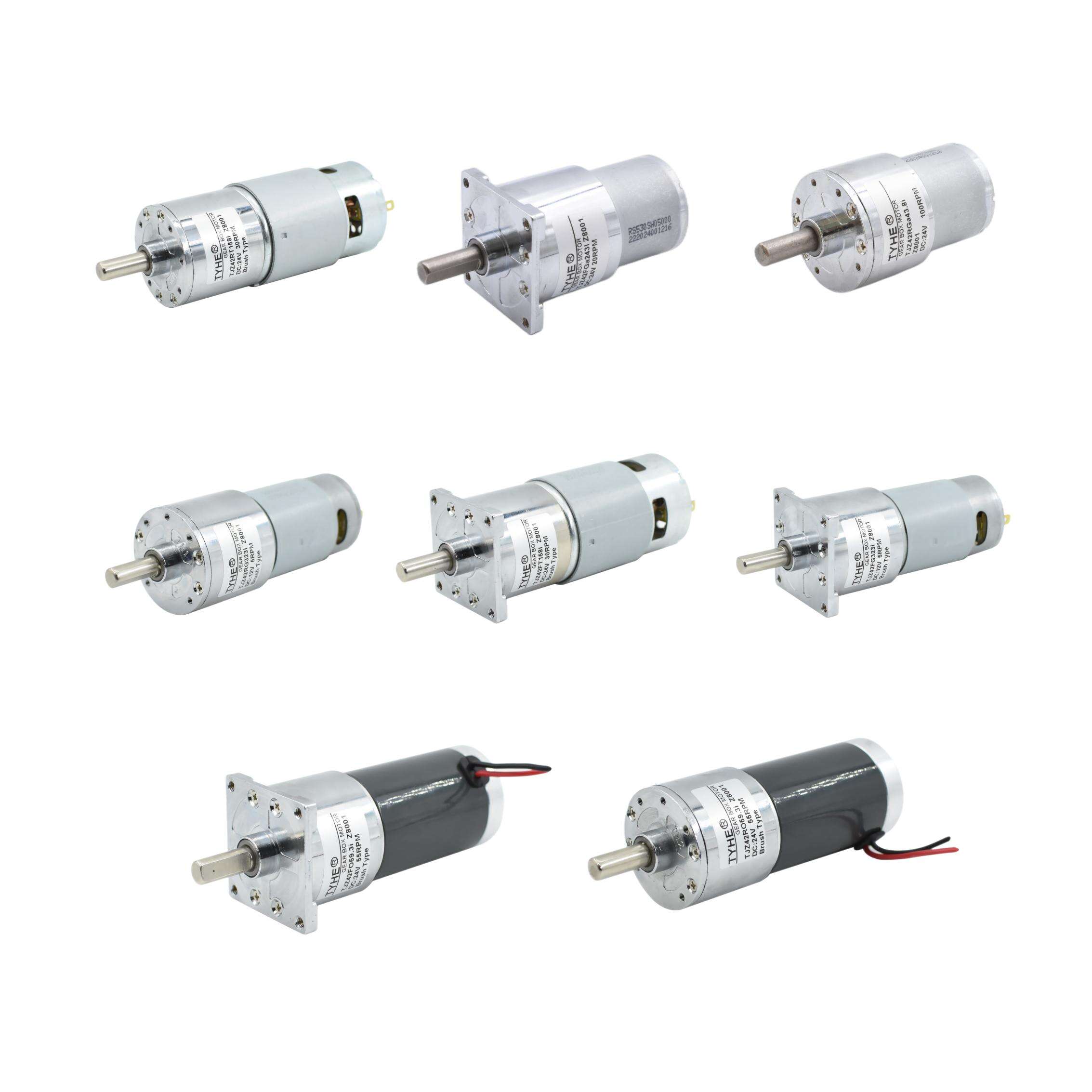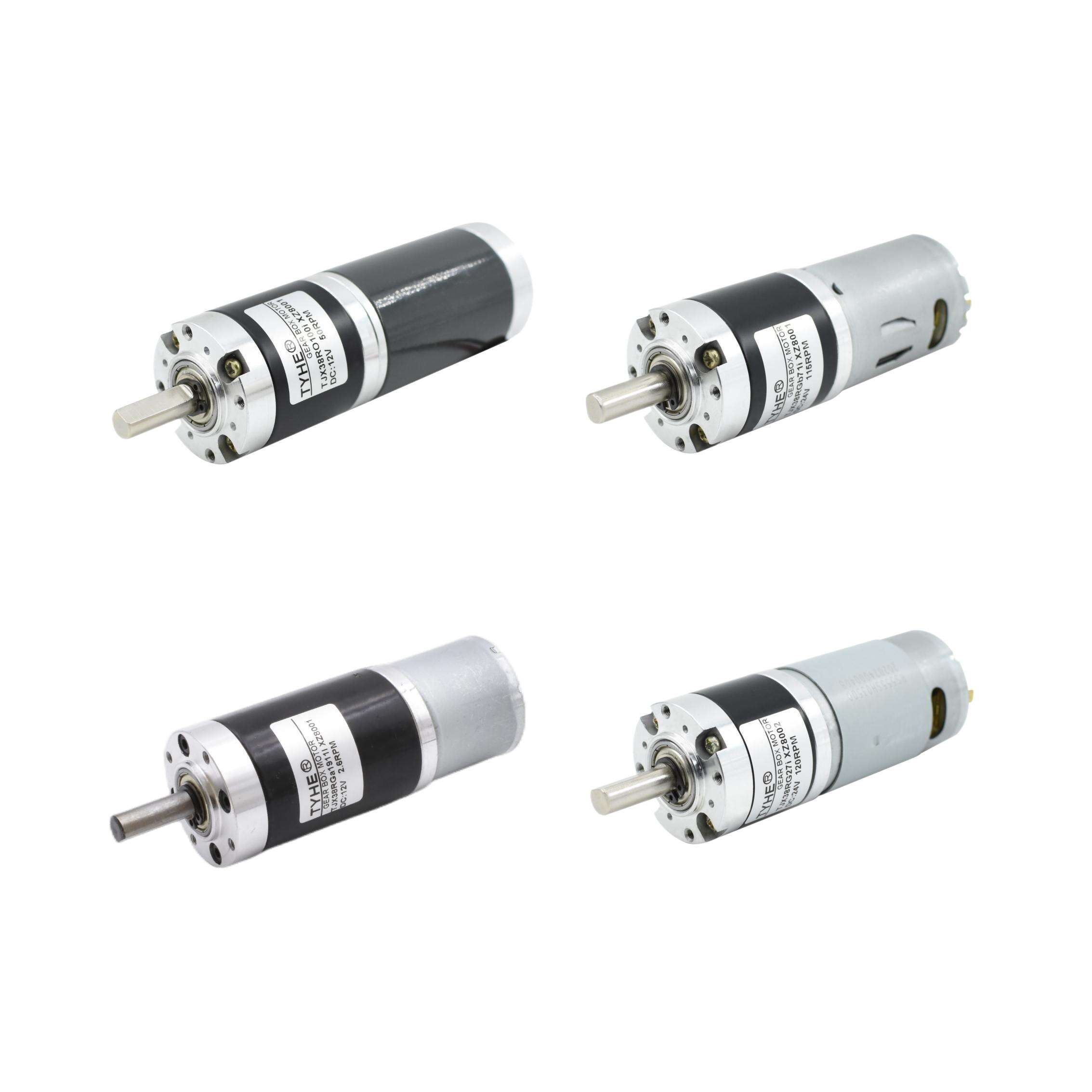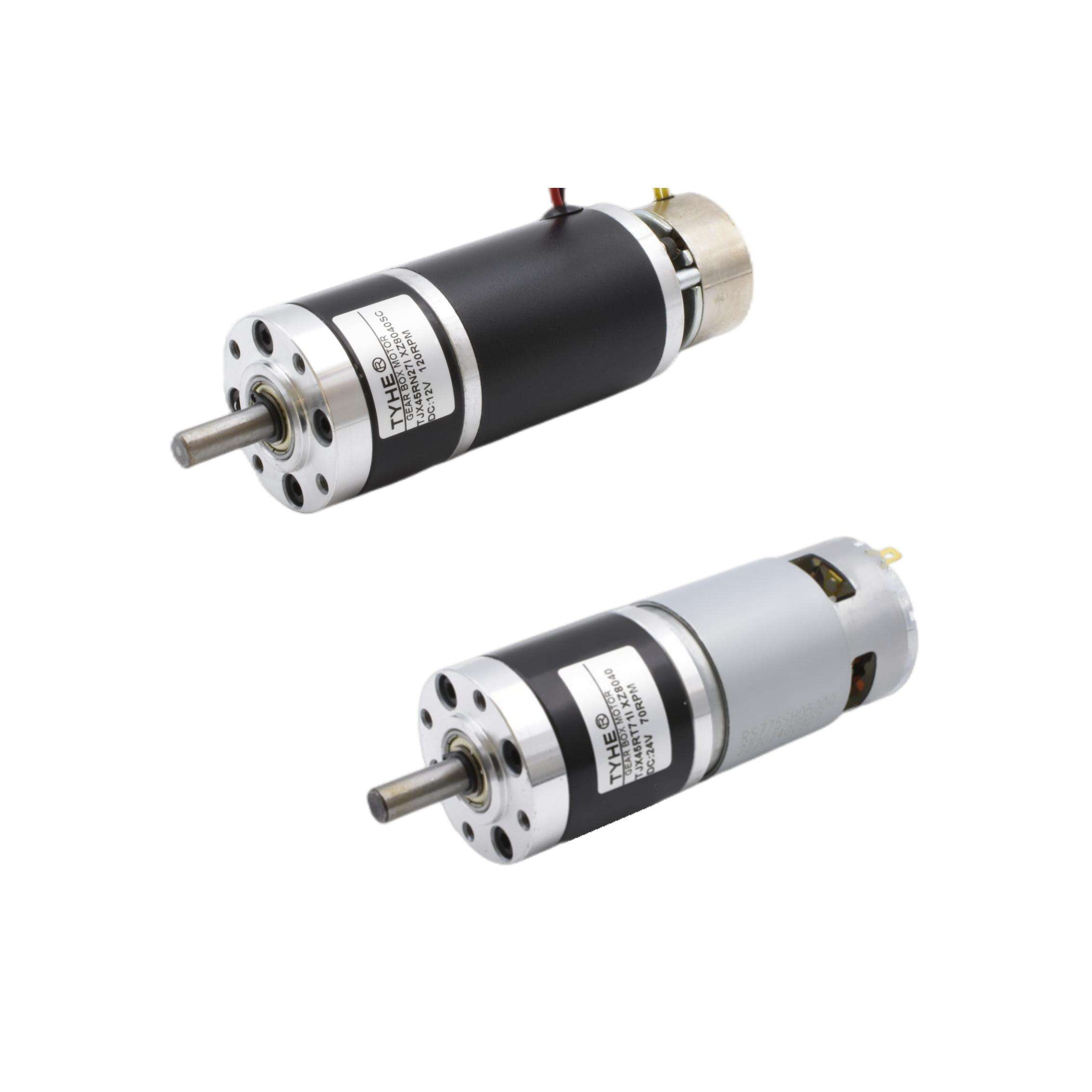brush and brushless dc motor
Brush and brushless DC motors represent two fundamental types of electric motors widely used in various applications. Brush DC motors feature a classic design with mechanical commutation through carbon brushes that maintain electrical contact with the commutator. These motors are characterized by their simple construction, reliable performance, and cost-effectiveness. The brushes conduct electrical current to the rotor windings, creating electromagnetic fields that interact with permanent magnets to generate rotational motion. In contrast, brushless DC motors eliminate mechanical commutation by using electronic commutation systems. They incorporate permanent magnets on the rotor and fixed armature windings on the stator, controlled by sophisticated electronic systems that regulate current flow and timing. This advanced design eliminates the need for physical contact between components, resulting in higher efficiency and reduced maintenance requirements. Both motor types find extensive applications across industries, from automotive systems and household appliances to industrial machinery and robotics. The selection between brush and brushless options depends on specific application requirements, considering factors such as speed control precision, maintenance needs, operational life expectancy, and cost considerations.


